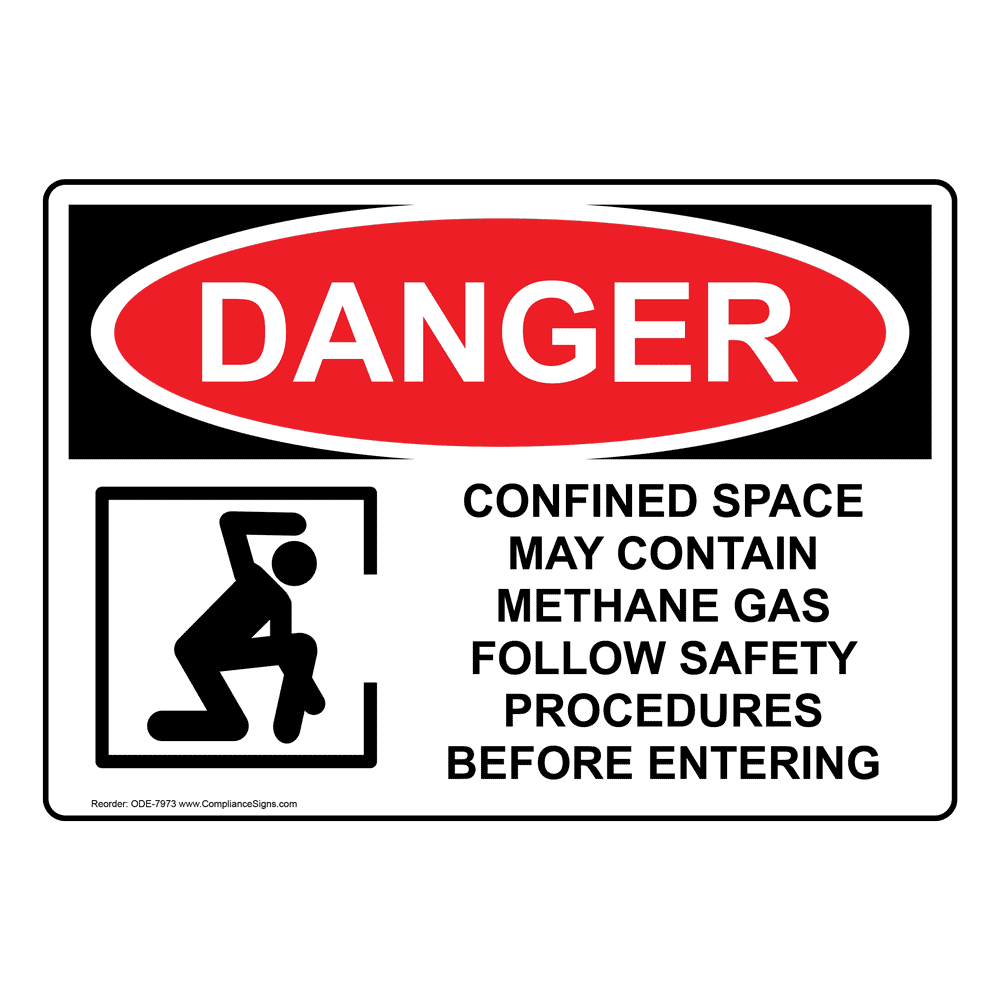Designated areas within LA County are subject to the Environmental Division’s Methane Gas Hazard Mitigation Policy.
Methane Mitigation measures may be applicable due to high levels of subsurface methane gas. This is due to historical oil fields, landfills, or other contaminated Soil Hazards.
Methane Gas Vapor Mitigation Systems are Designed and Constructed to prevent methane gas intrusion into buildings.
The County of Los Angeles houses a population 10,000,000 people. Thus making it the is the largest County in California by almost a factor of 3. The history of of LA County is fruitful with oil drilling and production. This attributes to a large part of the success of this region of California. Fast track hundreds of years later, LA County has scarring with the footprint of abandoned wells and empty underground reservoirs. Due to events like the Ross explosion and Hancock park School Methane intrusion incidents, the LA County building departments established the LA County environmental Programs Division. The LA County Programs Division is responsible for the Methane Mitigation management. Additionally, the methane Testing, review, and approval of developments near historical oil wells, active or oil wells, and landfills.
If new developments occur within the jurisdiction of LA county’s Methane Hazard Area. Thus defines by 1000 feet from a landfill or 300 feet from and oil well. The environmental programs division will require the implementation of a Methane Mitigation Design. Which will ultimately implement during the construction by a Methane Vapor Gas Mitigation Contractor. Who specializes in Methane Mitigation Construction.
The methane mitigation system in some instances will require frequent Methane Testing
As well as a subsurface ventilation Methane Vent System. It will also consist of a Methane vapor barrier and in some extreme cases an active fan along with methane detectors and methane alarm systems.

A common requirement is a retro Methane and Mitigation system for pre-existing projects. These instances fall when a portion of a project under construction has modification while it’s within LA County’s methane hazard zone. The Methane Mitigation System retrofits within the preexisting slab. These projects need to be dealt with on a case-by-case instance to determine what is the proper retrofit methane mitigation requirements.
LA County Programs Division is selective in regards to the specification of the methane vapor barrier. There are several types of methane barriers that are available on the market. They come from different manufacturers, each Methane gas membrane has their own benefits and disadvantages. LA County takes a conservative approach and requires extensive historical application reviews to be approved for the use in LA County.
#Methane testing,
#Methane gas,
#LADBS Methane Soil Test,
#Methane Mitigation Construction,
#Vapor Gas Mitigation,
